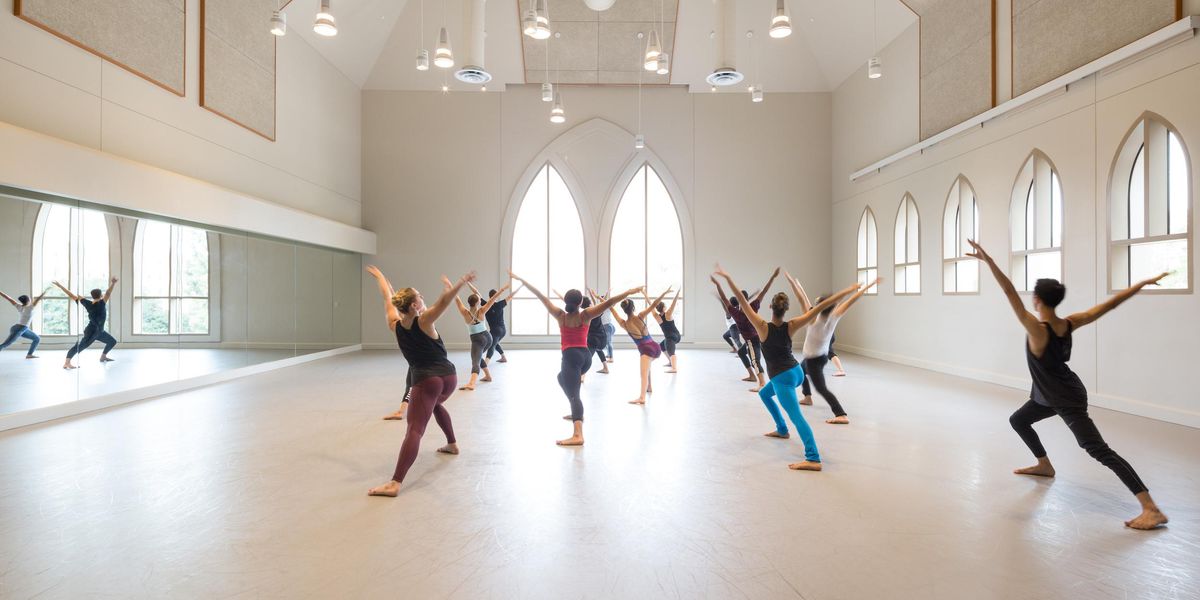10 Minutes With Israel Galván
Israel Galván’s irreverence and imagination make him one of today’s most fascinating flamenco dancers. He is always searching for new sources of rhythm: In La Curva, he drums his fingers and fists on a wooden chair slung around his neck. In Lo Real, he drags himself along the ground with his forearms, palms slapping the floor. His latest endeavor, TOROBAKA, is a collaboration with the British-Bangladeshi choreographer Akram Khan, who has pushed the boundaries of another percussive tradition: kathak, the classical dance form of North India. The duet premieres June 2–7 at MC2 in Grenoble, France.
How are flamenco and kathak similar?
Both are very rich in rhythm. In the zapateado, the percussion with the feet in flamenco, some of the rhythms and patterns are very similar to kathak. But there is a big difference: Kathak is rhythmically very mathematical and flamenco is freer. The mix of both systems can create a very interesting result, like chaos in mathematical order.
What were the first few rehearsals with Akram like?
When I work with Akram, I feel like I’m moving ahead in my dancing. We have the same kind of intuition. There are moments when he reminds me of a traditional flamenco dancer from the old times. It’s in his gestures.
How does each person contribute to the process?
One of us proposes a movement, then the other. It’s like putting the movements on a table and mixing them all together, putting one sentence after another. We create the concept as we work; there is not a preconceived idea.
What’s the biggest challenge of working together?
It doesn’t feel like a challenge but a conversation—a meeting between two dancers who want to enjoy dancing. That is the important thing: We want to enjoy. We are both 40 and in the same moment of life where you go from very athletic to a more spiritual way of working.
Above: Khan and Galván workshopping
TOROBAKA
Where does the title come from?
The bull (toro) is an important animal in Spanish culture, and baka means cow, which is a sacred animal in India. We are interested in going back to our roots. But also, the word torobaka is very rhythmic. Even if you don’t understand the meaning, it can still tell you something because of the music of the word.
Is it difficult switching between dance forms?
In fact, that’s the challenge. We don’t want to make a comparison between them. Ideally, the audience won’t be able to tell whether we are dancing kathak or flamenco.
Photos from top: Luis Castilla; Jean Louis Fernandez; both Courtesy A Negro Producciones




